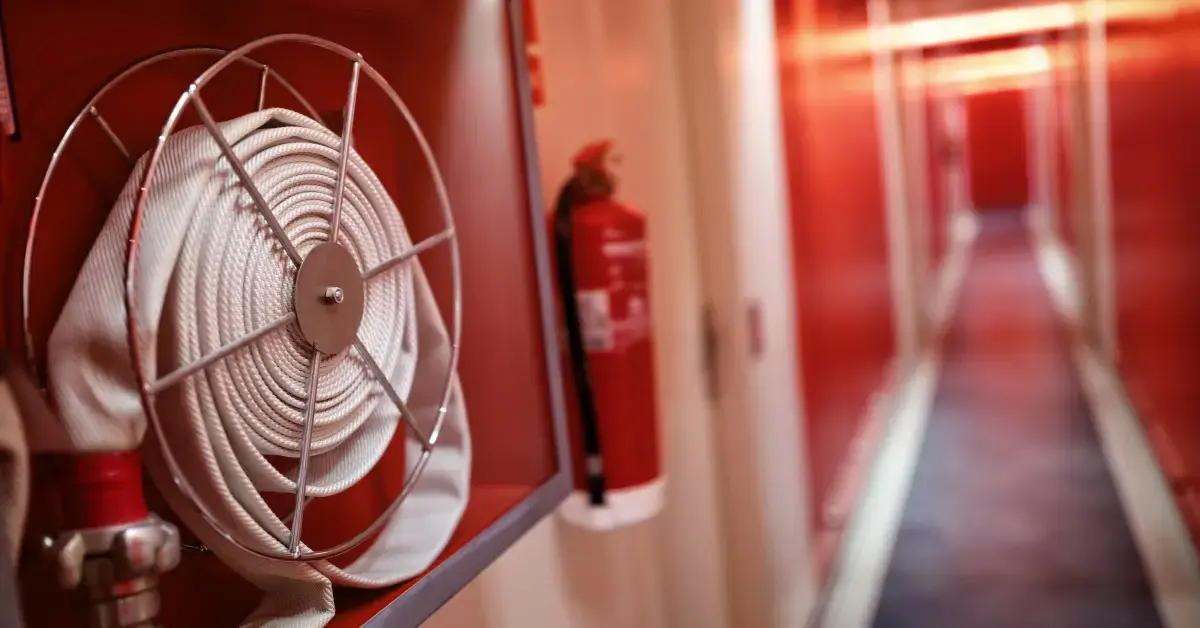Fire safety is a critical aspect of building design and maintenance, especially in urban and industrial areas across Malaysia. The Malaysian government enforces stringent fire safety regulations to protect lives and property from the devastating effects of fire. These regulations include specific requirements regarding the fire safety equipment that must be installed and maintained in both residential and commercial buildings. Understanding these regulations is essential for property developers, building owners, and business operators.
Governing Authority and Regulations
In Malaysia, fire safety is primarily regulated by the Fire Services Act 1988 (Act 341) and enforced by the Fire and Rescue Department of Malaysia (Bomba Malaysia). The Uniform Building By-Laws 1984 (UBBL), under the Street, Drainage and Building Act 1974, also outlines detailed fire safety standards for buildings.
Under these laws, local authorities are empowered to ensure that buildings meet fire safety standards before and after construction. Compliance is not just a legal requirement; it is also crucial for obtaining a Certificate of Fitness for Occupation (CFO) or the updated Certificate of Completion and Compliance (CCC).
Fire Equipment Requirements for Malaysian Buildings
Depending on the type, size, and function of the building, different categories of fire safety equipment are mandated. Below are the core requirements for most buildings in Malaysia:
1. Fire Extinguishers
All buildings are required to have adequate fire extinguishers placed in accessible locations. The types of extinguishers (e.g., CO₂, dry chemical, foam, or water) must correspond with the class of potential fire hazards. These extinguishers must:
- Be mounted on walls at visible and easily reachable spots.
- Undergo regular inspections and servicing, typically once a year.
- Have clear signage indicating their location.
2. Fire Alarm Systems
Buildings, especially commercial and high-occupancy structures, must be equipped with fire alarm systems. These systems should include:
- Smoke detectors or heat sensors.
- Manual call points (break-glass units) placed along escape routes.
- Audible and visual alarms to alert occupants of a fire emergency.
The alarm system must be tested regularly and linked to the building’s emergency response procedures.
3. Sprinkler Systems
Sprinkler systems are compulsory in high-rise buildings, shopping complexes, hospitals, and other large facilities. These systems are designed to automatically suppress fires upon detection of heat. In Malaysia, the installation must comply with the guidelines outlined in the Malaysian Standards (MS 1910) and international codes where applicable.
4. Fire Hose Reels and Hydrants
Fire hose reels must be installed in all large buildings, particularly in corridors or near exits, to allow first responders or trained personnel to fight early-stage fires. Additionally, buildings must have external fire hydrants accessible to fire engines. The location and flow capacity must meet Bomba’s approval.
5. Emergency Lighting and Signage
In the event of a fire, clear visibility is crucial for safe evacuation. Therefore, buildings must have:
- Illuminated exit signs above all exits and escape routes.
- Emergency lighting in staircases, corridors, and common areas to remain operational during a power outage.
- Directional signage leading to fire exits.
These systems must be battery-backed and regularly tested to ensure functionality.
6. Smoke Control and Ventilation Systems
Certain buildings, especially those with basements or enclosed spaces, are required to have smoke control systems. These include:
- Mechanical ventilation systems.
- Smoke extraction fans.
- Pressurisation systems in stairwells to prevent smoke infiltration.
This requirement ensures that evacuation routes remain safe and clear during a fire.
7. Fire Doors and Compartmentation
Fire-rated doors and walls help to contain fire within a specific area, delaying its spread. In Malaysia, building designs must incorporate:
- Fire-rated doors at stairwells and room entrances.
- Fire-resistant materials for walls and ceilings.
- Compartmentation between floors and sections of the building.
The fire rating (e.g., 1-hour, 2-hour) depends on the building’s risk level and function.
Approval and Inspection Process
Before any building project begins, developers must submit fire safety plans to Bomba for approval. During construction and after completion, inspections are conducted to ensure compliance. Failure to comply can result in fines, revocation of the CCC, or even closure of the premises.
Bomba also conducts random inspections to verify ongoing compliance. All fire equipment must be maintained in good working condition, with service records available for review.
Importance of Professional Consultation
Due to the complexity of regulations, building owners and developers are encouraged to consult with certified fire safety consultants or fire protection engineers. These professionals can ensure:
- Accurate interpretation of Malaysian fire safety laws.
- Proper equipment selection and placement.
- Seamless communication with Bomba for approvals and inspections.
Conclusion
Fire safety in Malaysia is governed by a robust framework designed to minimise risk and ensure public safety. Understanding the fire fighting equipment requirements set out by the Fire Services Act and UBBL is vital for compliance and, more importantly, for protecting lives and property. By equipping buildings with the right fire safety systems and maintaining them properly, stakeholders not only fulfil legal obligations but also create a safer environment for everyone.
